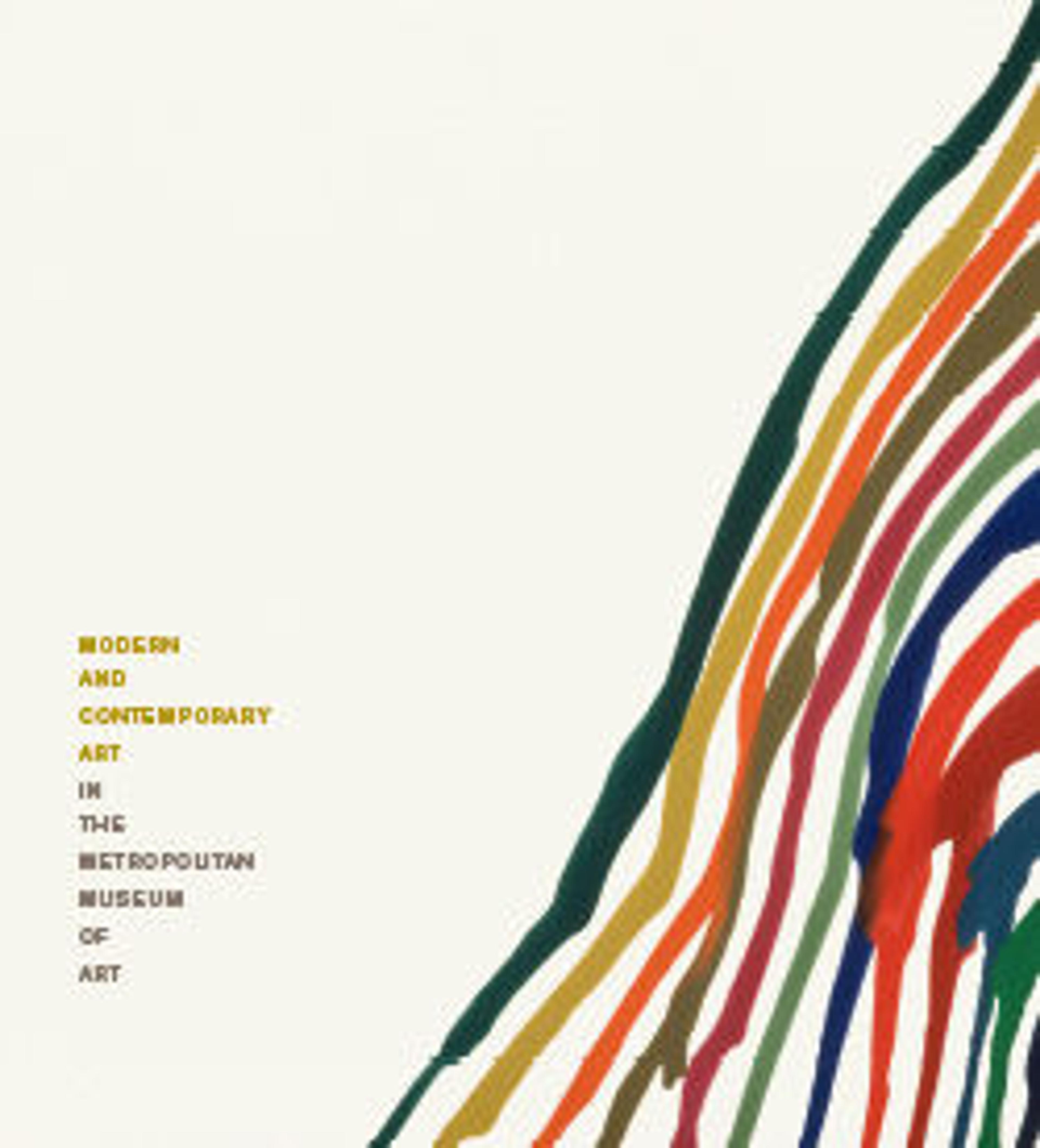Der Traum seinen Lebens (The Dream of His Life)
Hannah Höch pioneered the art of photomontage, a genre that involves layering and juxtaposing photographs, scraps of paper, and newsprint to create a new composition. Assembling fragments of images from snippets of popular magazines and fashion journals, the artist enacted a biting social critique of a fragmented world in the wake of World War I. Höch’s reliance on mass-produced materials was a direct repudiation of more traditional art forms, such as painting, that required academic training. This "anti-art" statement brought her into the orbit of the Berlin Dada group, a branch of the transnational movement that was active from 1917 to 1923; Höch was its sole female member.
Trained as an artist, Höch attended the School of Applied Art in Berlin from 1912 to 1920, where she learned glass design, painting, graphic design, and printmaking, though her studies were interrupted by the outbreak of World War I. Beginning in 1916, she worked part-time at the Ullstein Verlag, a magazine publisher, where she wrote articles on and designed templates for embroidery and knitting. This work not only introduced her to pattern-making and abstract ornamentation, but also to a world of images in the pages of mass media publications, which exploded in circulation during the Weimar Republic.
Höch’s incisive photomontages, produced in Berlin beginning in the mid-1910s, satirized and critiqued German culture, especially the political bankruptcy of the ruling class and the expected role of women in society. While the artist’s Dada photomontages directly mocked the bitter failings of the Weimar Republic and its corrupt political figures, her post-Dada works, such as this one, focused instead on the shifting gender roles and standards of beauty in 1920s Germany. The "New Woman" emerged during this time as a symbol of modernity and feminist ideal. Pushing against societal expectations as to their ambitions, behavior, and outward presentation, "new women" were independent, educated, sexually adventurous, androgynously dressed, and participated in areas of society then regarded as the typical domains of men.
Höch, herself a New Woman, sarcastically mocks a conventional female gender role—as well as male expectations of beauty—in Der Traum seinen Lebens (The Dream of His Life), which incorporates several hand-tinted photographs of the same bride, posed coquettishly in a wedding dress and elaborate veil. These images, bordered by strips of paper printed to resemble picture frames, are pasted on top of a colorfully marbleized sheet. This relatively sparse composition, with its interlocking frames and decorative background, reflects Höch’s training in pattern-making, while also poking fun at this practice as typically feminine.
Trained as an artist, Höch attended the School of Applied Art in Berlin from 1912 to 1920, where she learned glass design, painting, graphic design, and printmaking, though her studies were interrupted by the outbreak of World War I. Beginning in 1916, she worked part-time at the Ullstein Verlag, a magazine publisher, where she wrote articles on and designed templates for embroidery and knitting. This work not only introduced her to pattern-making and abstract ornamentation, but also to a world of images in the pages of mass media publications, which exploded in circulation during the Weimar Republic.
Höch’s incisive photomontages, produced in Berlin beginning in the mid-1910s, satirized and critiqued German culture, especially the political bankruptcy of the ruling class and the expected role of women in society. While the artist’s Dada photomontages directly mocked the bitter failings of the Weimar Republic and its corrupt political figures, her post-Dada works, such as this one, focused instead on the shifting gender roles and standards of beauty in 1920s Germany. The "New Woman" emerged during this time as a symbol of modernity and feminist ideal. Pushing against societal expectations as to their ambitions, behavior, and outward presentation, "new women" were independent, educated, sexually adventurous, androgynously dressed, and participated in areas of society then regarded as the typical domains of men.
Höch, herself a New Woman, sarcastically mocks a conventional female gender role—as well as male expectations of beauty—in Der Traum seinen Lebens (The Dream of His Life), which incorporates several hand-tinted photographs of the same bride, posed coquettishly in a wedding dress and elaborate veil. These images, bordered by strips of paper printed to resemble picture frames, are pasted on top of a colorfully marbleized sheet. This relatively sparse composition, with its interlocking frames and decorative background, reflects Höch’s training in pattern-making, while also poking fun at this practice as typically feminine.
Artwork Details
- Title:Der Traum seinen Lebens (The Dream of His Life)
- Artist:Hannah Höch (German, Gotha 1889–1978 Berlin)
- Date:1925
- Medium:Cut and pasted hand-colored photographs and cut and pasted printed paper and watercolor on paper
- Dimensions:11 3/4 × 8 3/4 in. (29.8 × 22.2 cm)
- Classifications:Works on Paper, Photographs
- Credit Line:Bequest of William S. Lieberman, 2005
- Object Number:2007.49.49
- Rights and Reproduction:© 2025 Artists Rights Society (ARS), New York
- Curatorial Department: Modern and Contemporary Art
More Artwork
Research Resources
The Met provides unparalleled resources for research and welcomes an international community of students and scholars. The Met's Open Access API is where creators and researchers can connect to the The Met collection. Open Access data and public domain images are available for unrestricted commercial and noncommercial use without permission or fee.
To request images under copyright and other restrictions, please use this Image Request form.
Feedback
We continue to research and examine historical and cultural context for objects in The Met collection. If you have comments or questions about this object record, please contact us using the form below. The Museum looks forward to receiving your comments.
